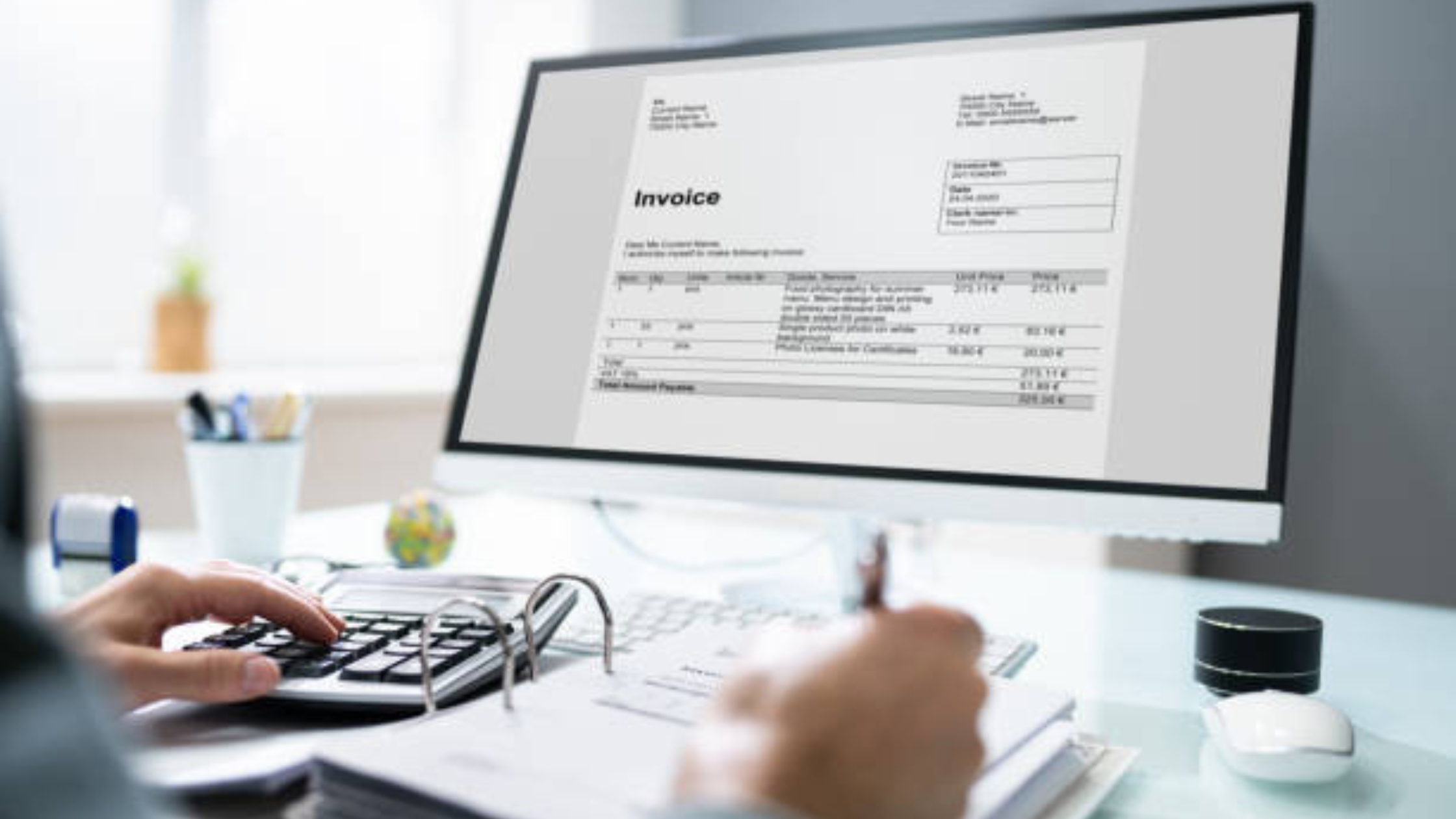Ensure Accuracy and Efficiency with Driver Salary Receipts

In the realm of transportation and logistics, ensuring accuracy and efficiency is paramount. One critical aspect of this is managing driver salary receipts effectively. Driver salary receipts play a crucial role in not only compensating drivers for their services but also in maintaining accurate financial records for companies. By streamlining the process of handling driver salary receipts, businesses can enhance their operational efficiency, reduce errors, and improve overall financial management. This introduction delves into the significance of managing driver salary receipts efficiently to ensure smooth operations and financial transparency within the transportation industry.
When it comes to handling driver salary receipts, organizations need to implement robust systems that not only track payments accurately but also ensure timely disbursement to drivers. Failure to manage driver salary receipts efficiently can lead to payment delays, disgruntled drivers, and potential financial discrepancies. By establishing clear processes and utilizing digital tools, companies can streamline the receipt management process and prevent common issues that may arise in manual handling.
Moreover, effective management of driver salary receipts contributes to fostering positive relationships with drivers, as it demonstrates a commitment to fair compensation practices and financial transparency. Drivers who receive their salaries promptly and with detailed documentation are more likely to be satisfied with their employment, leading to improved driver retention rates and overall operational stability within transportation companies.
Benefits of Driver Salary Receipts
When discussing the benefits of driver salary receipts, it is essential to highlight the key advantages that come with providing these crucial documents to drivers. By offering detailed salary receipts, companies can ensure fair compensation by providing drivers with a clear and accurate breakdown of their earnings and deductions. This transparency not only fosters trust between the drivers and the organization but also helps in avoiding any misunderstandings regarding the payment process.
Transparency and Trust
- Ensures fair compensation
- Clear breakdown of earnings
- Builds trust
- Avoids misunderstandings
Record-Keeping and Compliance
- Effective tracking of payment records
- Ensures transparency in salary disbursements
- Maintains tax compliance
- Valuable evidence during tax audits
Dispute Resolution and Efficiency
- Invaluable in resolving disputes efficiently
- Clarifies payment discrepancies
- Streamlines payroll processes
- Reduces margin of error in payment calculations
Professionalism and Morale
- Acknowledgment and validation of efforts
- Boosts morale and job satisfaction
- Reinforces professionalism
Digital Transformation
- Convenience and efficiency of electronic receipts
- Streamlines processes
- Reduces paper waste
- Ensures information accessibility and security
Financial Empowerment
- Valuable tool for financial planning and budgeting
- Analyze income patterns
- Identify potential savings or adjustments
- Promotes better money management practices
Conclusion
By recognizing the multifaceted benefits of providing comprehensive salary receipts, companies can enhance their relationships with drivers, improve operational efficiency, and demonstrate a commitment to transparency and fairness in compensation practices.
Implementing Driver Salary Receipts Digitally
When it comes to implementing driver salary receipts, transitioning to a digital format can revolutionize how companies manage payments and interact with their drivers. By embracing digital receipts, companies can unlock a myriad of benefits that not only streamline processes but also enhance overall efficiency and transparency. It's crucial to understand the key steps involved in this transformation to ensure a successful rollout.
Introducing Digital Receipt System
Firstly, introducing the digital receipt system as an integral part of the driver payment process marks the beginning of this modernization journey. By phasing out traditional paper receipts, companies pave the way for a more efficient and sustainable approach to managing payments. This shift to digital receipts not only reduces the environmental impact by cutting down on paper usage but also simplifies record-keeping and auditing processes.
Providing Comprehensive Training
Secondly, providing comprehensive training to drivers and administrative staff is paramount. Ensuring that everyone is well-versed in using the digital receipt platform not only promotes adoption but also minimizes errors and confusion. Training sessions can be tailored to address specific functionalities of the digital system, such as generating receipts, accessing payment details, and troubleshooting common issues.
Integrating with Payroll Systems
Thirdly, integrating the digital receipt system with existing payroll systems is essential for seamless data flow and accurate payment calculations. This integration not only reduces manual labor but also minimizes discrepancies in payment processing. Companies can leverage automation tools to sync data between the receipt system and payroll software, ensuring real-time updates and accuracy in financial transactions.
Establishing Documentation Procedures
Moreover, establishing clear documentation procedures for generating and securely storing digital receipts is vital. Companies must adhere to data protection regulations and implement robust security measures to safeguard sensitive information. Encryption methods, access controls, and regular data backups are essential components of a secure digital receipt management strategy.
Environmental Impact
It's also important to consider the environmental impact of going digital, as reducing paper usage contributes to sustainability efforts and aligns with eco-friendly business practices.
Effective Communication
Lastly, effective communication with drivers throughout the implementation process is key. Addressing any queries, concerns, or feedback promptly fosters a culture of transparency and trust. Companies can utilize multiple communication channels, such as in-person meetings, digital newsletters, and interactive platforms, to keep drivers informed and engaged. By providing regular updates and seeking input from drivers, companies can ensure a smooth transition to digital receipts and build stronger relationships with their workforce.
By following these steps diligently, companies can elevate their operational efficiency, enhance transparency in financial transactions, and bolster relationships with their drivers. Embracing digital receipts not only modernizes payment processes but also sets the stage for a more connected and collaborative ecosystem between companies and drivers.
Legal Aspects and Best Practices
Staying abreast of legal requirements is paramount for organizations seeking sustainable growth and longevity. This blog section delves into three critical areas that every business must prioritize: Compliance with Labor Laws, Data Privacy and Security, and Retaining Records.
Upholding Labor Laws
Ensuring compliance with labor laws is not just a legal obligation but a moral imperative. From fair labor practices to workplace safety regulations, businesses must prioritize the well-being and rights of their employees. By fostering a culture of respect and adherence to labor laws, organizations can create a harmonious work environment that promotes productivity and employee satisfaction.
Safeguarding Data Privacy and Security
With the increasing digitization of business operations, protecting sensitive data has become a top priority. Implementing robust data privacy measures, such as encryption, access controls, and regular security audits, is essential in safeguarding against cyber threats and maintaining customer trust. By prioritizing data security, businesses can mitigate risks, prevent data breaches, and uphold their reputation in the digital landscape.
Effective Record Retention
The importance of maintaining accurate records cannot be overstated. Proper record-keeping practices not only ensure regulatory compliance but also aid in decision-making, dispute resolution, and auditing processes. By establishing clear record retention policies and procedures, organizations can streamline operations, mitigate legal risks, and demonstrate transparency in their business practices.
To enhance legal compliance further, businesses should invest in comprehensive compliance training programs, engage legal experts for periodic reviews, and promote a culture of integrity and accountability at all levels of the organization. By integrating legal best practices into their day-to-day operations, companies can enhance their risk management strategies and build a solid foundation for long-term success.
In summary, by prioritizing labor law compliance, enhancing data privacy and security measures, and implementing effective record-keeping protocols, businesses can navigate the legal landscape with confidence and resilience. Stay tuned for more insights and strategies on legal aspects and best practices in our future blog posts, where we will delve deeper into emerging legal trends and industry-specific compliance guidelines.
Conclusion
It is imperative for companies to prioritize accuracy and efficiency when it comes to driver salary receipts. By implementing streamlined processes, leveraging technology, and maintaining clear communication, businesses can not only ensure compliance with regulations but also foster trust and satisfaction among their drivers. Ultimately, valuing transparency and precision in driver salary management is key to building a strong and successful transportation operation.







